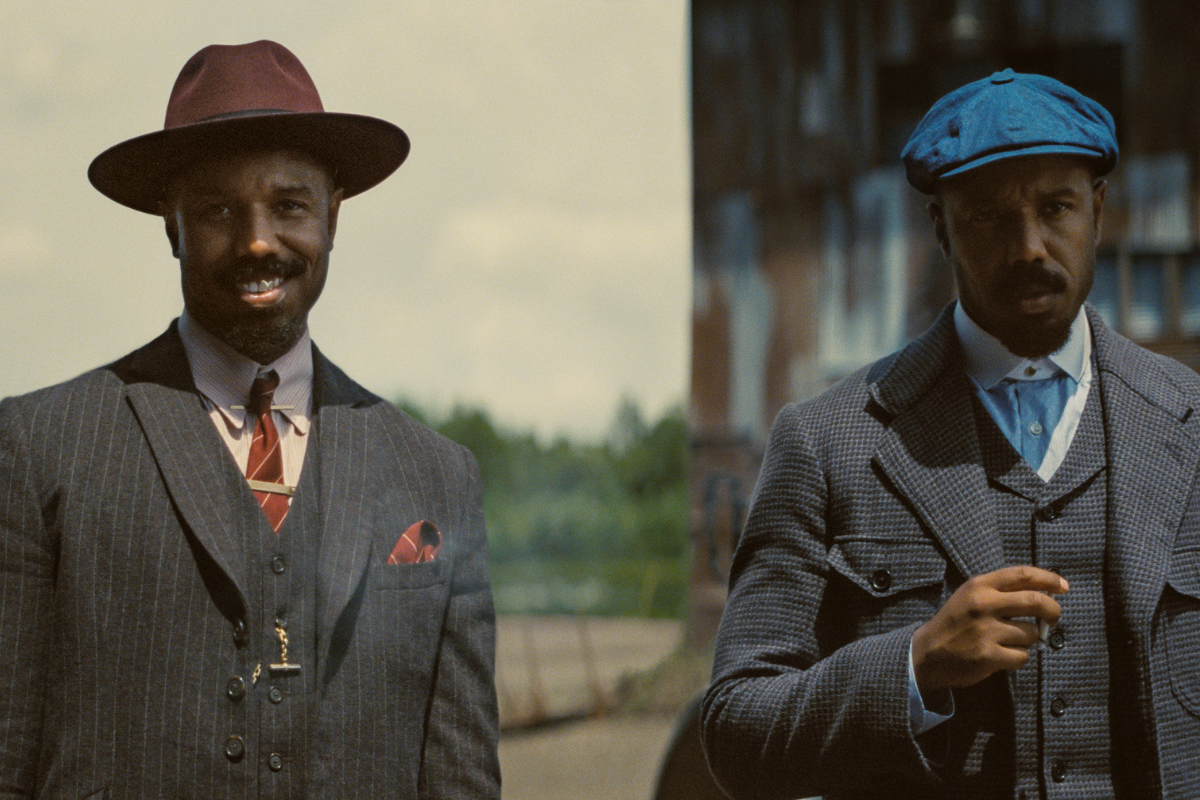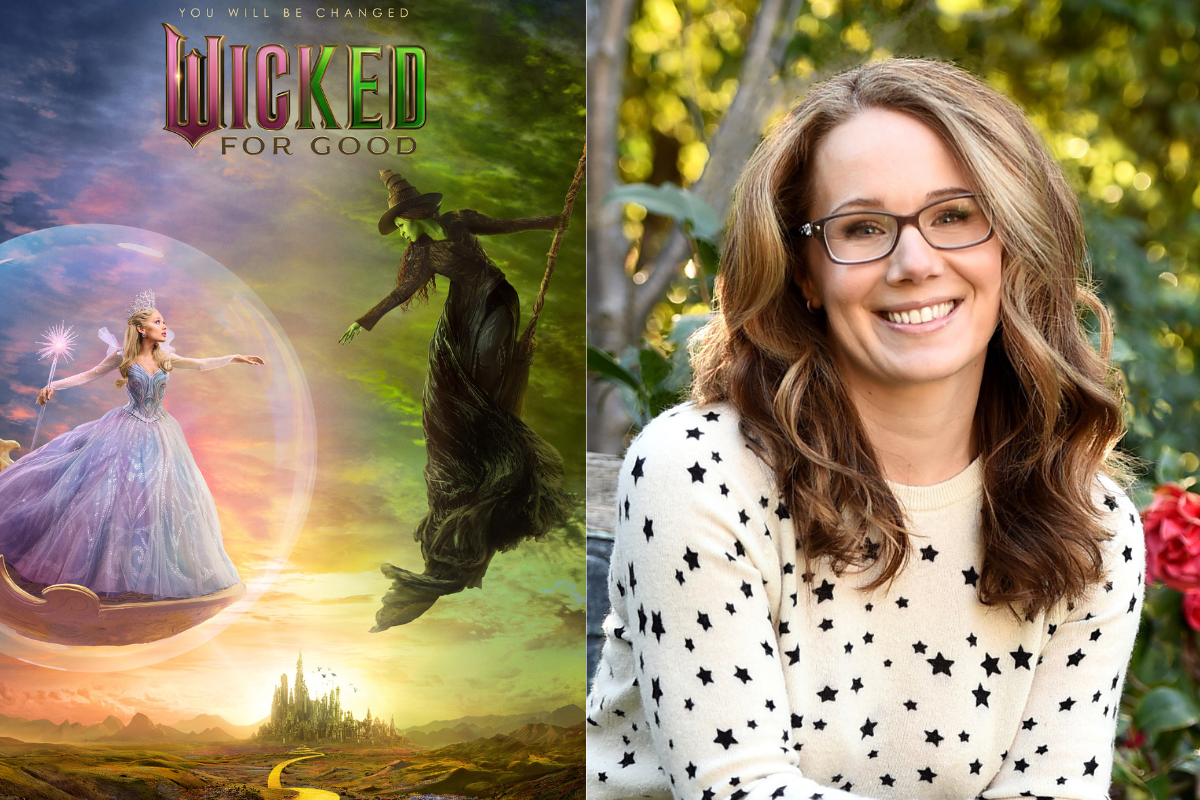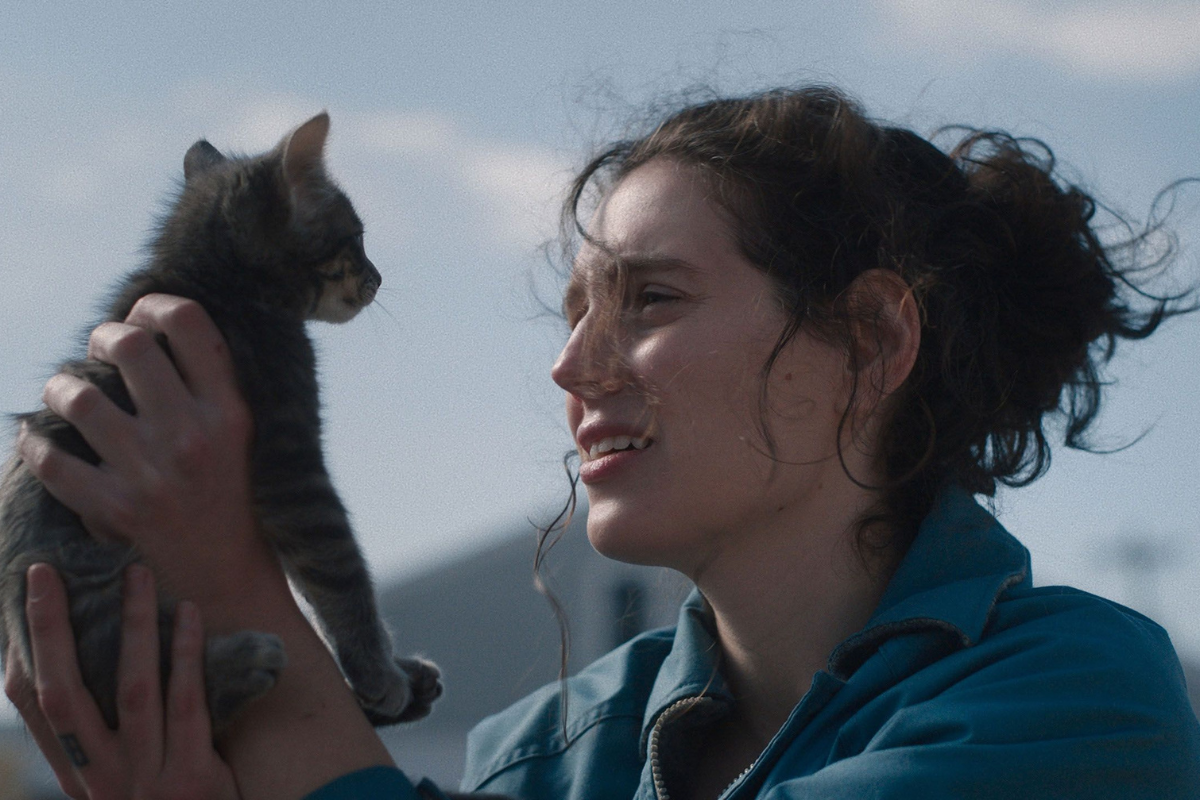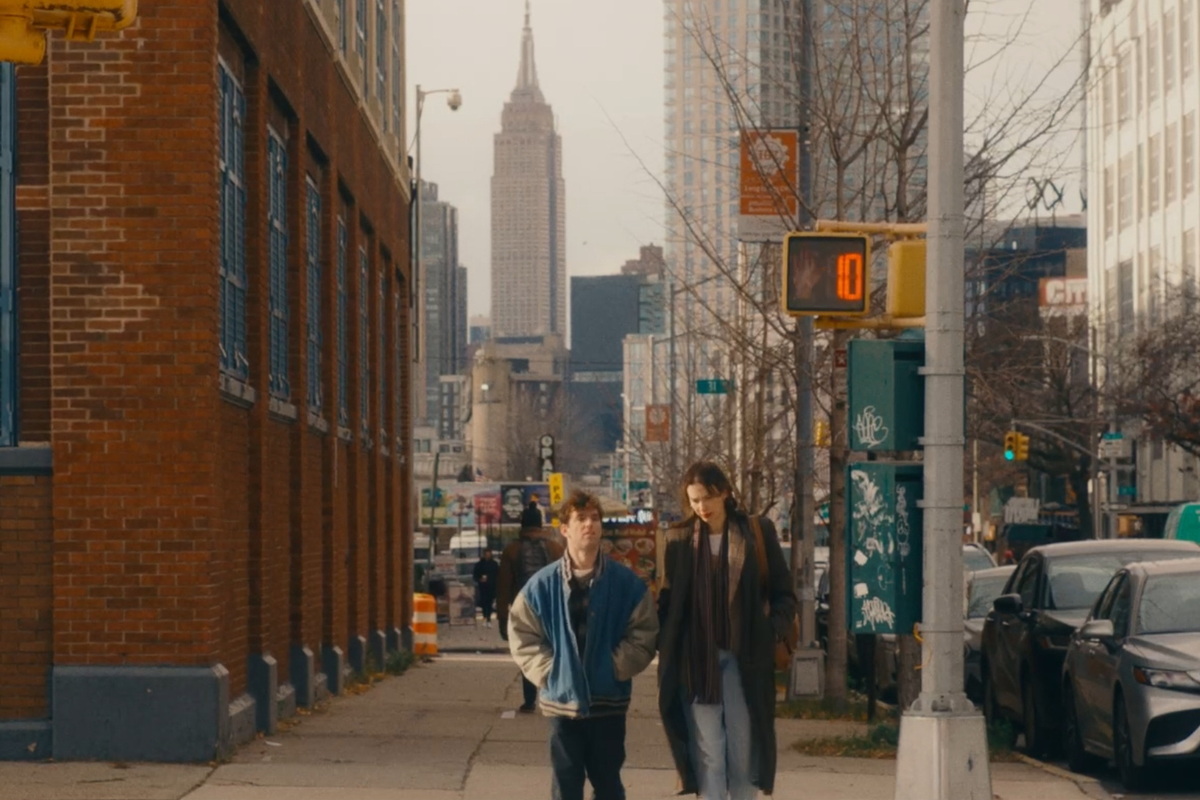‘Eileen’s “Claustrophobic Misery”: Author Ottessa Moshfegh and Collaborators Talk Bringing Her Controlled Noir to the Screen
Co-writers Ottessa Moshfegh and Luke Goebel, and director William Oldroyd share how they brought ‘Eileen’ to the screen while maintaining a sense of mystery.
Massachusetts, December 1964—a miserable place for Eileen Dunlop and pretty much everyone around her.
Eileen, twenty-four, works as a secretary at a juvenile facility, a prisoner in her own life. Each night, she brings home bottles of booze for her widowed father, a retired police chief who waves a gun at the neighbors. She drives a car that belches exhaust throughout the interior, sucks on chocolates before falling asleep, and masturbates to break up the monotony.
Then Rebecca, a coiffed blonde with designer clothes and a degree from Harvard, blows into town, offering friendship, a glimpse of who Eileen could become, and an unsettling choice.
The new film Eileen brings Ottessa Moshfegh’s award-winning 2015 novel to delicious life, a rich character study with a noir twist. Directed by William Oldroyd (2016’s Lady Macbeth), the film stars Thomasin McKenzie (Last Night in Soho) as Eileen, Oscar-winner Anne Hathaway (She Came to Me) as Rebecca, and Shea Whigham (HBO’s Perry Mason) as Eileen’s abusive father. It opens in limited release on Dec. 1 and expands wider on Dec. 8.
Adapting the book into a screenplay presented an inspiring challenge, said Moshfegh, who co-wrote the script with her husband, author Luke Goebel (Fourteen Stories, None of Them Are Yours).
For starters, “Rebecca doesn’t appear in Eileen’s story until halfway through the book, really,” Moshfegh said. “We had to really condense Eileen’s life and her entire universe into the first ten to fifteen pages. And that was actually a really, really useful challenge because it made us have to make very clear choices about what was crucial to show and what we could get away with just suggesting.”
Here, the co-writers and Oldroyd share how they brought Eileen to the screen while maintaining a sense of mystery.
Revealing Details
Kirkus Reviews described the book Eileen as a “taut, controlled noir about broken families and their proximity to violence.” The novel establishes early on that Eileen is looking back on a time in her life, which implies that she’s free from those circumstances. But that sapped the narrative of urgency, Goebel said.
“We wanted to create a situation with a lot of pressure but a lot of concern, a lot of vulnerability,” he said. “So, we start with Eileen, with all the pressure she’s under, with her alcoholic father and all of this, even the elements of weather and location.”
The script creates what Goebel called “claustrophobic misery” by incorporating telling details from the book. Within its first moments, the film shows how Eileen sits at the beach with the windows down so her car’s exhaust doesn’t choke her. She watches the ocean and another couple making out, then stuffs snow down her underpants. She gazes out the prison office window, stirring a mug she’s prepared with more sugar than coffee. She buys her dad’s booze, collects and replaces his empties, checks the empty fridge, and falls asleep in her clothes. Several adults call her “hon” and ask about her father while the other secretaries call her “useless.”
“I always like to try on some level in a smaller way present somebody’s predicament,” Oldroyd said. “Everything you present in the first minute is a clue for an audience. You should take nothing for granted. So, in a sense, why she hasn’t fixed [the car] also tells us a lot about her character.”
Added Moshfegh, “It wasn’t just, ‘Oh, here’s a random day.’ You get the feeling that this has been every day.”
Likewise, when Rebecca arrives as the prison’s new psychologist, she drives into the film in a red car, a black-and-white checkered coat, and heels impervious to ice and snow, turning other characters’ heads, not just Eileen’s. (Costume designer Olga Mill, First Reformed, helped reveal the characters through fashion, from Eileen’s oversize sweaters to her dad’s flannels and Rebecca’s tailored suits.)
“It’s like The Wizard of Oz going from black and white to color. Suddenly, there’s this charismatic force, and Eileen can reimagine who she might someday become in this infatuation with this larger-than-life character,” Goebel said.
No Narration
Moshfegh wrote Eileen in the first person, which makes using narration tempting. Yet she and Goebel, who previously collaborated on the screenplay for the 2022 film Causeway, said they wanted to maintain Eileen’s perspective without voiceover.
The film stays firmly in Eileen’s head partly through her fantasies, which have a dark sense of humor. (When someone asks Eileen to hold on to her father’s pistol, for instance, the film flashes to Eileen shooting herself with it, then back to the moment at hand.)
Yet Eileen also preserves Eileen’s point of view by not showing any scenes without her. We learn her father has locked her out of the house just as she does. Oldroyd and cinematographer Ari Wegner (The Power of the Dog) also frame her as others see her—her father towering over her as he yells, for example—then shifting that as she sees herself differently.
“You can’t just point a camera at an actor and be in their head. That was my misunderstanding, in the first film [I made]. I just assumed if you point a camera at an actor, you’re in their point of view, but of course, you’re not. You can be in someone else’s point of view, looking at somebody,” Oldroyd said. “It’s taken me ages to actually begin to understand how to get into somebody’s point of view. It’s still a work in progress, but it helps to have a great script like this, because if you can understand the psychology of the character, that work informs where you put the camera.”
Love Your Work—and Respect the Art Form
The book Eileen had been optioned previously, but that adaptation never got off the ground. About 2019, the rights reverted to Moshfegh, who developed the project with Goebel and Oldroyd during the COVID-19 pandemic. All three are among the film’s producers.
“We felt so protected, in a huddle with our heads down,” she said, which helped the process. “It was just very focused.”
While she pictured people watching the film and how viewers would react to it, she didn’t imagine what readers who loved Eileen might think.
“It’s really important to honor the original source material but to always keep in mind that you’re making a new work of art,” she said. “Personally speaking, as the author of the novel, I learned so much working with these two other artists, and how to detach from the original IP and see this as a whole new creature. And that was a great lesson.”
Goebel suggested that other writers working on adaptations find inspiration and motivation in a character they love, a story with significance and weight, and “hopefully a little moral ambiguity.”
“Do it with people that you love and trust, and put the art first, because there’s a lot of ways to get lost in pipe dreams if you’re chasing things that aren’t centered on those qualities,” he said.
Moshfegh agreed. “I think everything that I’ve abandoned or failed at were things that I didn’t feel were important to me,” she said. “All of us put a lot of ourselves into Eileen … Her story is kind of universal in a way that I think many people are a little bit shy to admit. And I loved her.”
Eileen opens in selected Theaters on December 1, 2023, with a wide release on December 8, 2023.
Learn more about the craft and business of screenwriting and television writing from our Script University courses!
Valerie Kalfrin is an award-winning crime journalist turned essayist, film critic, screenwriter, script reader, and emerging script consultant. She writes for RogerEbert.com, In Their Own League, The Hollywood Reporter, The Script Lab, The Guardian, Film Racket, Bright Wall/Dark Room, ScreenCraft, and other outlets. A moderator of the Tampa-area writing group Screenwriters of Tomorrow, she’s available for story consultation, writing assignments, sensitivity reads, coverage, and collaboration. Find her at valeriekalfrin.com or on Twitter @valeriekalfrin.







